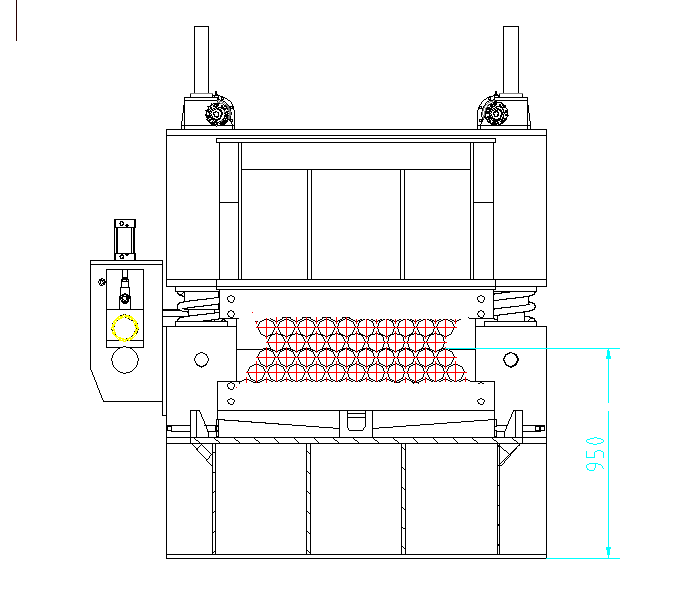
Understanding Roll Form Gutter Systems A Deep Dive
Roll form gutters are an essential component of effective water management in modern architecture. These systems are designed to channel rainwater away from roofs and building foundations, preventing potential damage and maintaining the integrity of structures. This article explores the benefits, applications, and manufacturing processes of roll form gutters, illustrating why they are a preferred choice for many construction projects.
What is Roll Forming?
Roll forming is a continuous manufacturing process that involves feeding a long strip of metal through a series of rollers. As the metal passes through these rollers, it is gradually shaped into the desired profile, which in this case is a gutter. This technique allows for consistent and precise production of gutters that meet specific design requirements. The roll forming process can utilize various materials, including aluminum, steel, and even copper, making it versatile for different aesthetic and functional needs.
Benefits of Roll Form Gutters
1. Durability One of the standout features of roll form gutters is their durability. Since they are made from high-quality materials, they can withstand harsh weather conditions, including heavy rain, snow, and ice. This resilience minimizes the need for frequent replacements, making them a cost-effective option in the long run.
2. Customizability Roll forming allows for the production of gutters in various shapes and sizes. This flexibility means that they can be tailored to fit the specific architecture of a building, ensuring both functionality and visual appeal. Whether it's a classic K-style gutter or a more modern half-round design, roll form gutters can accommodate diverse design preferences.

3. Ease of Installation Roll form gutters are typically lightweight and easy to handle, which simplifies the installation process. Often, they come in longer sections that can be easily fitted together, reducing the number of seams and potential leak points. This ease of installation can save time and labor costs on the job site.
4. Environmental Considerations Many manufacturers of roll form gutters focus on sustainable practices. By using recyclable materials and minimizing waste during the production process, these systems are not only functional but also environmentally friendly.
Applications of Roll Form Gutters
Roll form gutters find applications in a wide range of settings, from residential homes to commercial buildings and industrial facilities. In residential areas, they play a crucial role in safeguarding homes from water damage, while in commercial and industrial settings, they are integral to maintaining the integrity of larger structures where efficient water management is vital.
Conclusion
In conclusion, roll form gutters are an integral element in construction and building maintenance, offering durability, customizability, and ease of installation. Their manufacturing process ensures that they can be tailored to meet the specific needs of any project, making them a popular choice among builders and architects alike. As the construction industry continues to evolve, the importance of effective water management systems like roll form gutters will only grow, emphasizing the necessity for sustainable practices and innovative designs in future developments.